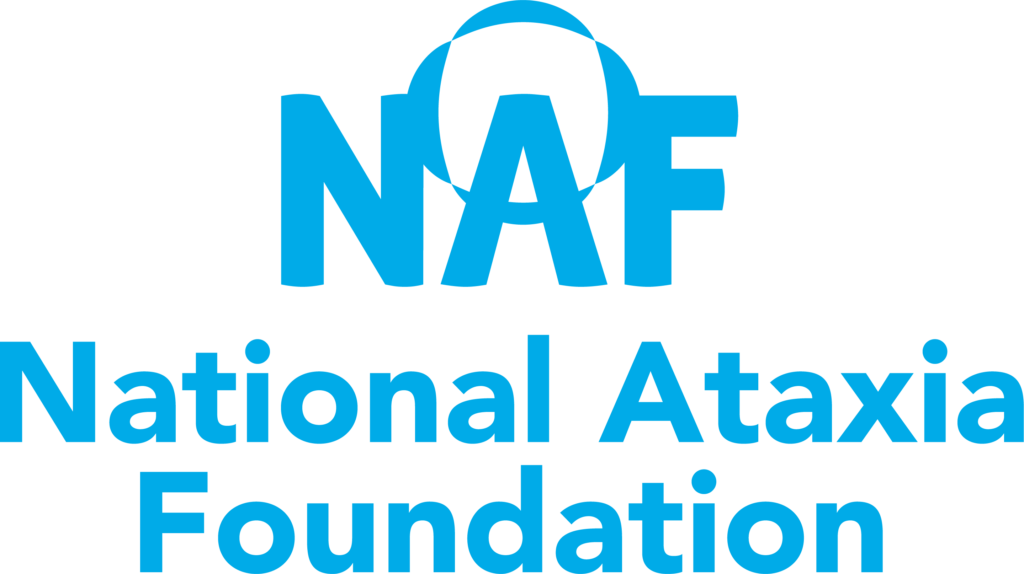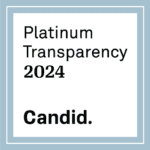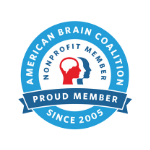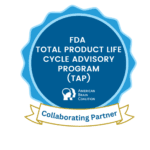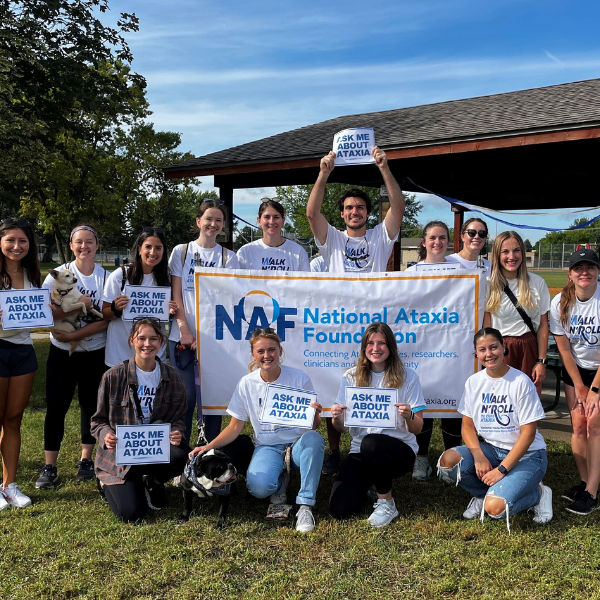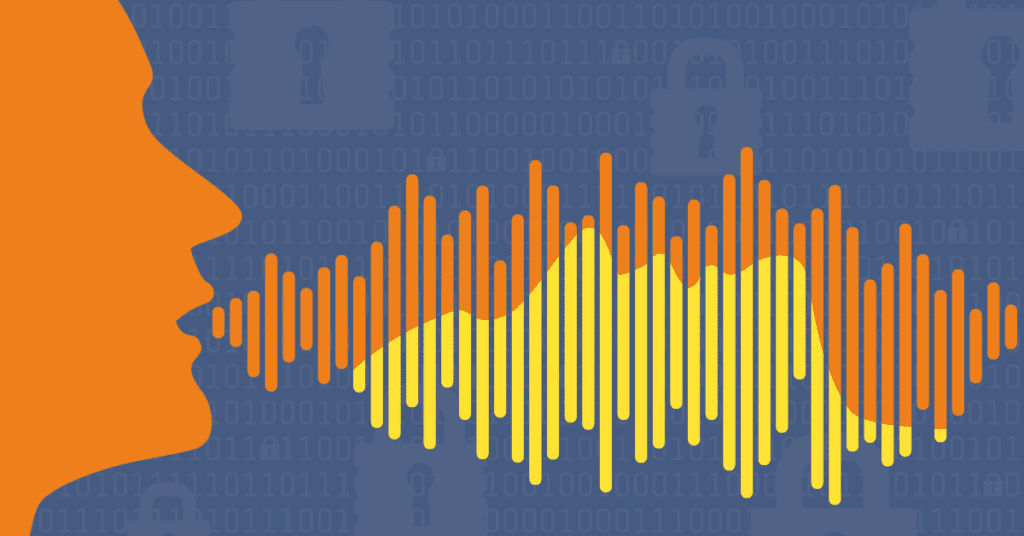
A person’s voice is a unique and identifying trait. From one aisle in the grocery store, a familiar friend can be recognized by the sound of their voice. Your friends or family can tell if you’re near just by hearing your laugh. People sound different because of the shape and length of their vocal tract. The vocal tract is a complex system made up of the lungs, the throat, and the mouth. There are different valves along the path that open, close, vibrate, and resonate which makes your voice sound like you. Often, both voice and speech are words used to describe the way a person sounds. For different reasons, there can be a disruption of speech that impacts the way we sound while talking.
Since technology is often used to support communication breakdowns, voice banking is a way to keep the sound of your unique voice even if you have trouble speaking. Voice banking is a process that creates a usable digital voice based on natural speech. This voice can later be used on communication devices, often called augmentative and alternative communication (AAC).
People who have difficulty speaking, like those with ataxic speech (also called ataxic dysarthria), can use these tools to become more understandable. With voice banking and message banking, an AAC device can sound just like you. It may be challenging to voice bank if speaking is already a challenge, though in some cases, recordings of your speech from prior may work for the process. Working with a licensed speech pathologist can help with the details of the process.
Voice banking is like taking out an insurance policy on your voice.
To start, most voice banking software has a person read five to ten minutes of different sentences. Then, technology takes these recordings and creates a new, custom voice that should sound just like you. Voice banking can ensure that even if you can’t speak clearly, you can still communicate in a digital voice that sounds natural. This digital voice can then be used with an augmentative or alternative communication (AAC) application or speech-generating devices. These tools can help people who struggle to speak on their own.
Apple has made voice banking easier than ever with a new update. Personal Voice now comes free on Apple products. With this tool, a person can record a voice to use on their phone. Technology continues to change and make voice banking more accessible than ever. Learn more at the Personal Voice Link support page.
With voice banking alone, some special features of a person’s voice can be lost. A digital voice may struggle to capture and convey the emotion, fondness, or frustration that we all share with our voice. For example, a well-behaved dog deserves to be called a “good dog”. A digital voice may not draw out the sounds as much as a natural human voice.
Because of this, another option to keep a voice is message banking. To note, Message bankingTM* is different from voice banking. With message banking, a person records specific phrases with different inflections that are unique to them. Silly made up songs with friends, happy birthdays, I-love-yous, and the way “dinner” is called to a spouse from across the house are all moments that a banked voice may fall short. Consider message banking by recording phrases like these, in addition to voice banking, to preserve the special sounds of your voice. Some companies can make a new digital voice from banked messages.
Both voice banking and message banking can help people keep a personal touch in their communication, even if speaking becomes difficult. If you or a loved one are diagnosed with a disorder that may impact your voice, consider contacting a licensed speech-language pathologist to support you with voice banking and message banking. If you already have speaking difficulties, voice banking may not be the best option to help your communication. However, if your loved ones get genetic testing and find out they are at risk for speaking difficulties one day, voice banking and message banking may even help them. It is wise to be proactive and quick with voice banking and message banking, that way, your recordings can sound the most like you.
*Message Banking is trademarked by Boston Children’s Hospital. Boston Children’s Hospital has a wealth of information regarding message banking.
If you would like to learn more about Voice Banking, take a look at these resources by Boston Children’s Hospital and the ALS Association.
Snapshot Written by: Drew Mancini
Edited by: Celeste Suart, PhD
Read Other SCAsource Snapshot Articles

Snapshot: What is Areflexia?
Areflexia, from the Greek word “a”, meaning absence, is a medical condition characterized by the absence or reduction of reflexes. Reflexes are involuntary response triggered by sensory stimuli that are Read More…

Snapshot: What are Pyramidal Signs?
Have you ever wondered what part of your nervous system is helping move the muscles of your body? Or your head? An important part of our central nervous system called Read More…
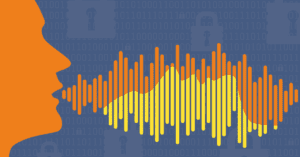
Snapshot: What is Voice Banking?
A person’s voice is a unique and identifying trait. From one aisle in the grocery store, a familiar friend can be recognized by the sound of their voice. Your friends Read More…



